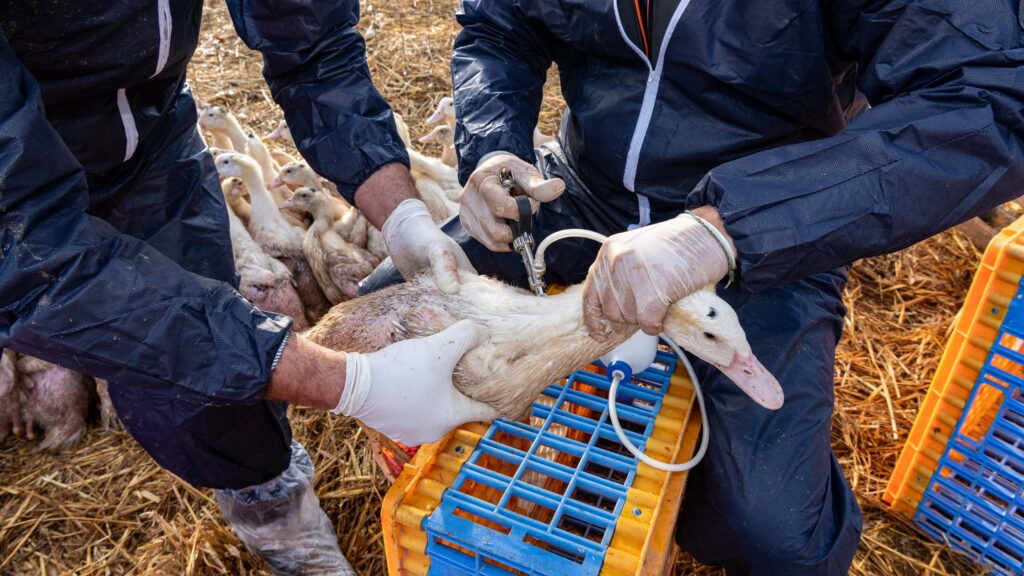Surge in bird flu cases raises alarm across poultry sector
 © Adobe Stock
© Adobe Stock Further outbreaks of highly pathogenic avian influenza (HPAI) across England, Scotland and Northern Ireland have raised alarm across the poultry sector.
Once seen as a winter-only disease, HPAI has recently been reported in a Norfolk turkey unit, a Devon duck unit, a free-range egg farm in Aberdeenshire, and a small backyard flock in County Donegal.
Since October 2024 there have been 74 cases of the H5N1 strain reported in the UK – 65 in England, three in Scotland, two in Wales, four in Northern Ireland, as well as one case of H5N5 in England.
See also: Bird flu spread strengthens argument for gene editing
Nearly 2.3m birds have been culled since October 2024 due to avian influenza.
Christine Middlemiss, the UK’s chief veterinary officer, said: “I know the devastating impact bird flu has on farmers and poultry producers which is why we have measures in place to limit the spread of the disease.
“We are continuing to see infection in seabird species and in some inland waterbirds over this summer, so I urge bird keepers to continue to exercise robust biosecurity measures.”
See also: Bird flu spread strengthens argument for gene editing
Poultry keepers are urged to be alert for any signs of disease and report suspected disease immediately to the Animal and Plant Health Agency.
Industry reaction
Although HPAI has troubled the UK since 2021, NFU Scotland’s animal and welfare policy manager Penny Middleton called summer cases “disappointing” for what was once seen as a seasonal, migratory disease.
“We want to remind our members to maintain this and keep up to date with controls and surveillance via the Scottish government website,” said Ms Middleton, adding that “our thoughts are with the affected keepers at this difficult time”.
The UK Health Security Agency says bird flu poses very low risk to public health but urges people not to touch dead or sick wild birds.
The Food Standards Agency says properly cooked poultry and eggs are safe to eat, with avian flu posing a very low food safety risk.
Emerging concerns in the US
However, the US Centers for Disease Control (CDC) has highlighted that H5N1 is not only causing outbreaks in poultry, but has spread to dairy cows, and 70 human cases have been confirmed in US dairy and poultry workers since 2024.
A new animal study by the CDC, using ferrets, has found the virus can be transmitted through respiratory droplets and aerosols, raising concerns about its spread.
Other studies carried out in the US have examined the virus being transmitted via dust particles. Airborne transmission of HPAI was suspected, given that initial bird mortalities in poultry houses were reported near air inlets.
The CDC continues to class the public health risk as low but is closely monitoring those exposed to infected animals. All US cases so far stem from direct contact, with no evidence of human-to-human transmission.
